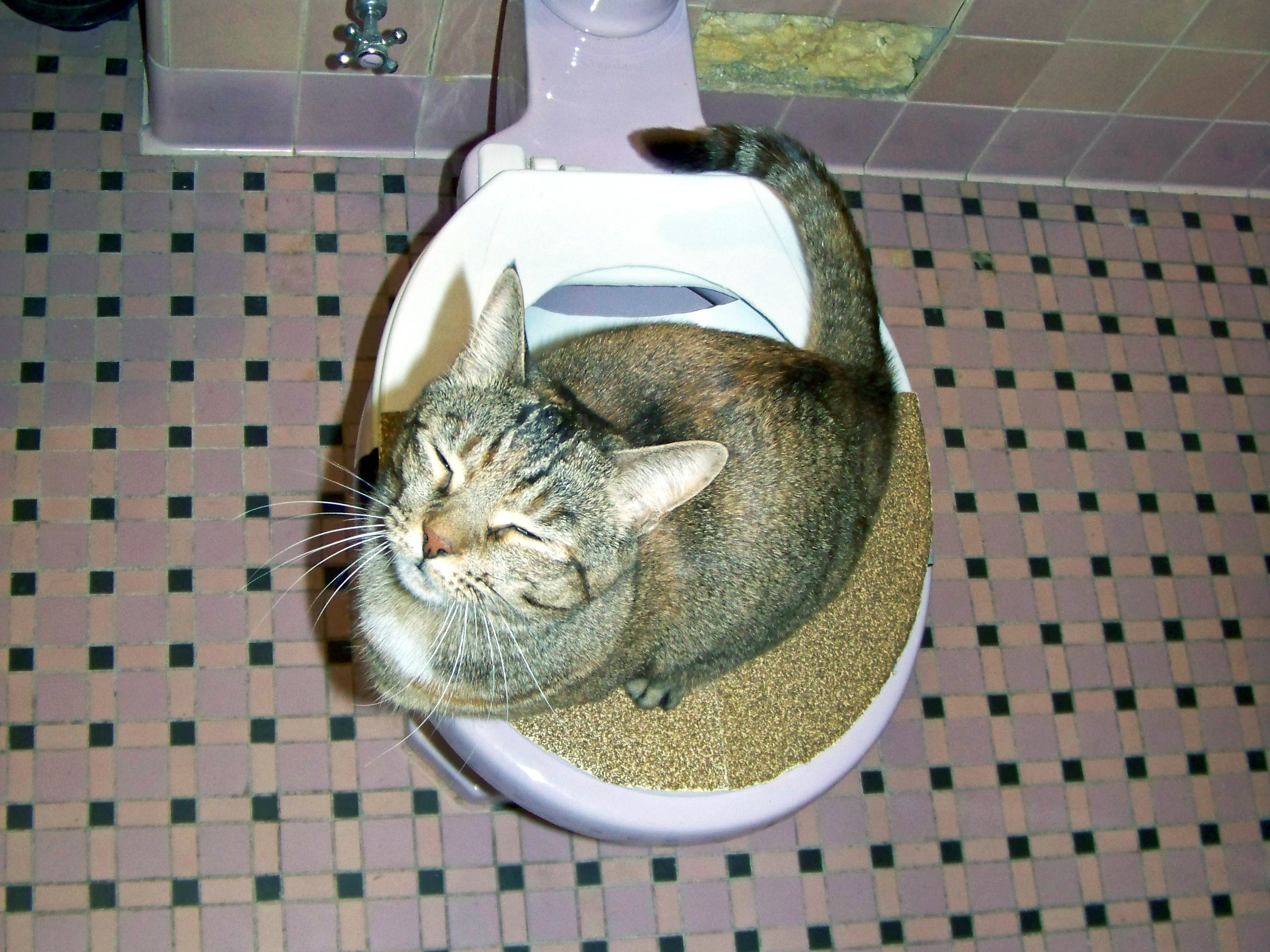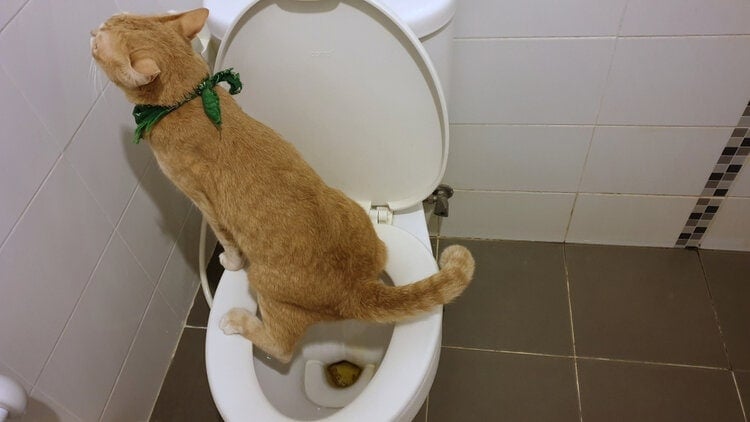What are your thoughts on 4 Reasons Why Dog Poop Cleanup is Important?

When it pertains to getting rid of waste, particularly animal waste, lots of people commonly resort to the practical choice of flushing it down the toilet. Nonetheless, this relatively easy solution can have major repercussions for the setting and public health. In this short article, we'll check out why flushing animal waste down the commode is a bad concept and offer different techniques for proper disposal.
Intro
Appropriate waste disposal is crucial for keeping environmental sustainability and public health. While it might appear safe to flush animal waste down the bathroom, it can bring about numerous issues, both for the atmosphere and human health.
Dangers of flushing pet waste
Environmental effect
Purging animal waste presents hazardous bacteria and virus into rivers, which can adversely influence aquatic environments. These microorganisms can pollute water sources and damage aquatic life, disrupting delicate environments.
Public health concerns
Pet waste includes dangerous bacteria such as E. coli and Salmonella, which can posture major wellness dangers to people. Purging animal waste down the commode can infect water supplies, resulting in the spread of conditions and infections.
Alternatives to flushing
Instead of purging animal waste down the commode, there are several different disposal techniques that are more environmentally friendly and hygienic.
Composting
Composting pet waste is an eco-friendly means to deal with it. By composting, raw material is broken down into nutrient-rich dirt, which can be utilized to feed gardens and plants.
Land fill disposal
Throwing away animal waste in a land fill is another option. While not as eco-friendly as composting, it is a more secure option to flushing, as it protects against the contamination of water sources.
Animal waste disposal systems
There are customized animal waste disposal systems offered that securely and hygienically dispose of animal waste. These systems commonly use enzymes to break down waste and get rid of odors.
Steps to proper animal garbage disposal
To ensure appropriate disposal of pet waste, adhere to these steps:
Scooping and nabbing waste
Consistently scoop and bag animal waste utilizing eco-friendly bags. This protects against waste from polluting the atmosphere.
Making use of marked waste bins
Dispose of bagged animal waste in marked waste containers, such as garden compost containers or land fill containers. Avoid flushing it down the commode whatsoever expenses.
Cleansing litter boxes and pet dog locations routinely
Regularly tidy litter boxes and family pet areas to avoid the build-up of waste and germs. Usage pet-safe cleansing products to keep hygiene.
Benefits of correct disposal methods
Taking on appropriate disposal techniques for pet waste uses a number of advantages:
Reduced environmental pollution
Correct disposal methods decrease the threat of environmental pollution, safeguarding rivers and environments from contamination
Decreased risk of water contamination.
By staying clear of flushing animal waste down the toilet, the risk of water contamination is significantly minimized, guarding public health.
Improved hygiene and health
Correct disposal methods advertise far better hygiene and health, producing a safer environment for both human beings and animals.
Conclusion
Finally, flushing pet waste down the commode is damaging to the environment and public health. By taking on alternate disposal approaches and complying with correct waste administration methods, we can reduce the negative effect of pet waste and contribute to a cleaner, much healthier world.
What To Do With Dog Poo – The Do's And Don'ts Of Disposing Of Faeces
Dog poo bins
Some councils provide dedicated dog waste bins in popular dog-walking areas that can take dog poo that has been bagged but you can legally dispose of dog waste in any public litter bin, as long as it is securely bagged. This also applies to your wheelie bin at home.
Do not flush
Water companies do not recommend flushing dog faeces down the toilet because certain parasites can survive the water processing treatment and are potentially harmful to humans. You should also never consider flushing dog poo that has been bagged down the toilet as the bags will not break down and instead create severe blockages in the sewage system.
In the woods
The Forestry Commission promotes a ‘stick and flick’ method for dealing with waste in the woods. This means finding a stick and using it to flick any poo from off the path so that it is out of the way of other walkers. You could also bury it as long as it is not in an area where there might be livestock.
Livestock
Parasites found in dog poo can be transmitted to livestock if they inadvertently eat infected faeces that has been left on grazing land. This could result in the death of sheep or abortion in cattle so you should always make sure you pick up your dog’s waste in fields where livestock could be present.

Regularly tidy litter boxes and family pet areas to avoid the build-up of waste and germs. Usage pet-safe cleansing products to keep hygiene.
Benefits of correct disposal methods
Taking on appropriate disposal techniques for pet waste uses a number of advantages:
Reduced environmental pollution
Correct disposal methods decrease the threat of environmental pollution, safeguarding rivers and environments from contamination
Decreased risk of water contamination.
By staying clear of flushing animal waste down the toilet, the risk of water contamination is significantly minimized, guarding public health.
Improved hygiene and health
Correct disposal methods advertise far better hygiene and health, producing a safer environment for both human beings and animals.
Conclusion
Finally, flushing pet waste down the commode is damaging to the environment and public health. By taking on alternate disposal approaches and complying with correct waste administration methods, we can reduce the negative effect of pet waste and contribute to a cleaner, much healthier world.
What To Do With Dog Poo – The Do's And Don'ts Of Disposing Of Faeces
Dog poo bins
Some councils provide dedicated dog waste bins in popular dog-walking areas that can take dog poo that has been bagged but you can legally dispose of dog waste in any public litter bin, as long as it is securely bagged. This also applies to your wheelie bin at home.
Do not flush
Water companies do not recommend flushing dog faeces down the toilet because certain parasites can survive the water processing treatment and are potentially harmful to humans. You should also never consider flushing dog poo that has been bagged down the toilet as the bags will not break down and instead create severe blockages in the sewage system.
In the woods
The Forestry Commission promotes a ‘stick and flick’ method for dealing with waste in the woods. This means finding a stick and using it to flick any poo from off the path so that it is out of the way of other walkers. You could also bury it as long as it is not in an area where there might be livestock.
Livestock
Parasites found in dog poo can be transmitted to livestock if they inadvertently eat infected faeces that has been left on grazing land. This could result in the death of sheep or abortion in cattle so you should always make sure you pick up your dog’s waste in fields where livestock could be present.

I have been very curious about Don't Flush Your Pets Poo Down The Loo, Vet Warns and I really hope you enjoyed our blog post. In case you appreciated our page please be sure to share it. Thanks a lot for going through it.
Make An Appointment